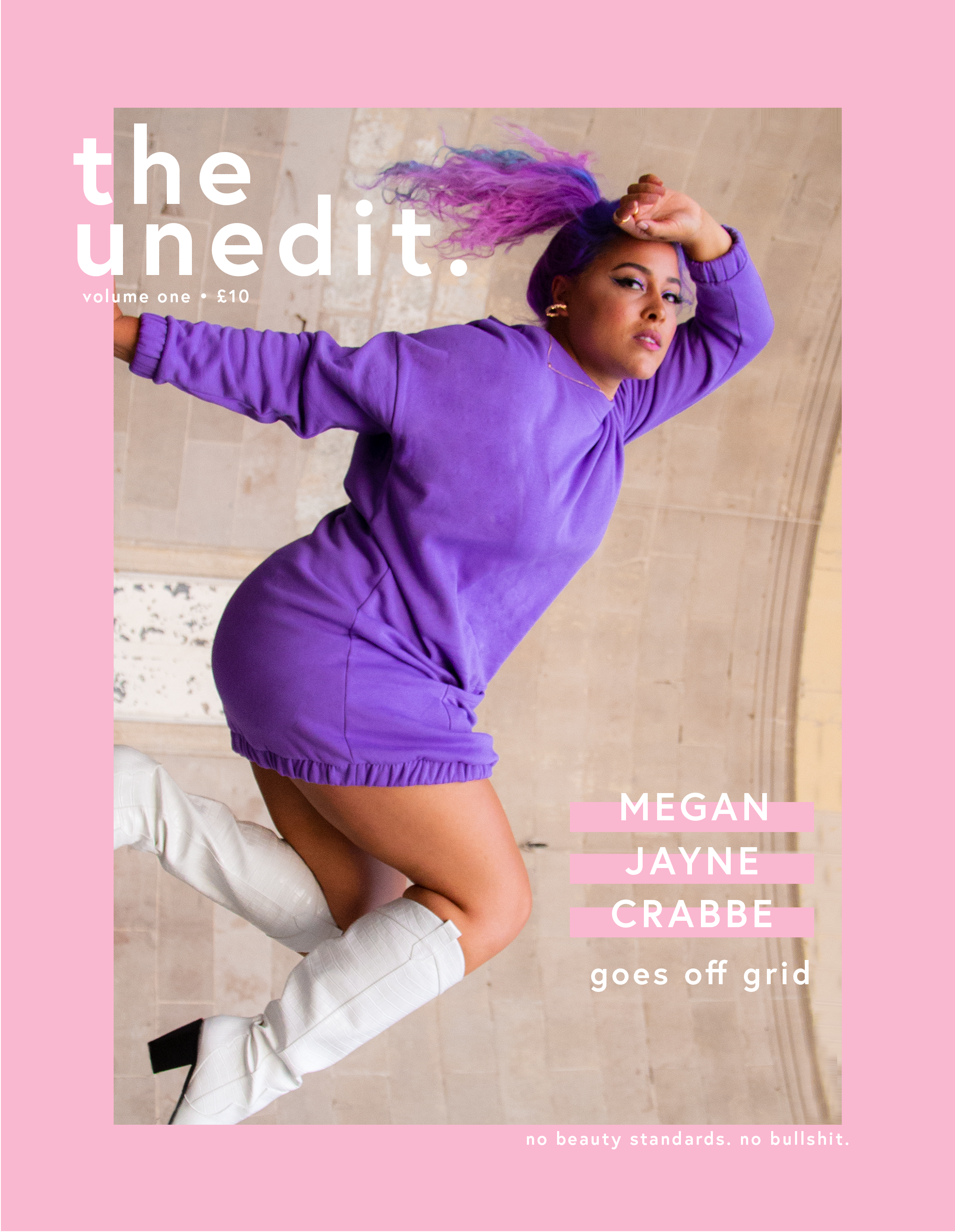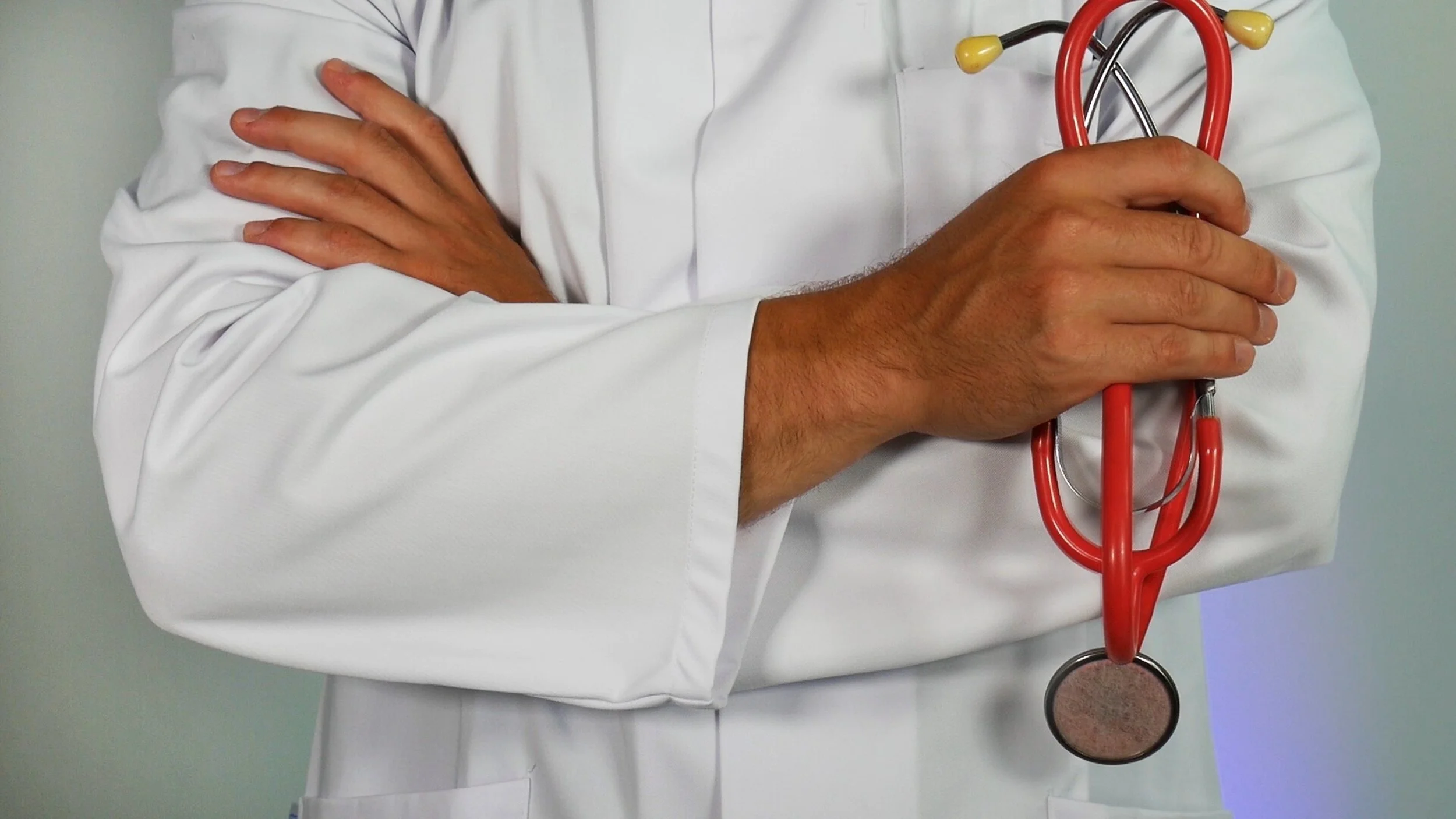It's Breast Cancer Awareness Month, But Only 42% Of Women Know What Symptoms To Look Out For
Here at The Unedit, we understand that amongst all the pressure to look a certain way, we can often give our bodies a tough time. What many of us fail to recognise is that we only have one body, and life is better when we're not trying to tear it down, but us humans are great when it comes to thinking that the grass is always greener on the other side. In particular, breast dissatisfaction is a big thing, which has mainly been triggered by ideals of beauty within the media and the influence of pornography. With various surveys suggesting that up to (and over) 70% of women are hating on their boobs, we sometimes need to remember what our girls mean to us beyond the way they look.
Attached to our breasts we have different identities, whether those identities be sexual, maternal, female, or other. Whilst it's really easy for us to take them for granted, it's important that we make sure that - whilst there are hundreds of variations of boobs when it comes to appearance - we are aware of the changes that matter to our health. 1 in 8 women are diagnosed with breast cancer in their lifetime, with over 50,000 women being diagnosed annually in the UK alone. Its the second biggest cause of death for women, whilst also killing around 80 cis men a year. The conversation around breast cancer has currently picked up due to Veep actress Julia Louis-Dreyfus announcing her diagnosis via Twitter last week, but a recent survey by Avon shows that less than half of women actually know what the signs to look out for are.
The global survey asked 19,000 women what they knew about the disease, and the results showed that education is majorly needed. A quarter of women thought that a lump was the only symptom of breast cancer, and only 42% knew what the general signs of breast cancer were. Only 2% of women surveyed were able to correctly identify all ten of the most common symptoms. 73% of women said that they do check for physical changes in their breasts, but 60% of them would put off visiting a doctor out of embarrassment.
With that, we wanted to put together a list of things to watch out for. There are no real textbook symptoms - and those that are diagnosed with breast cancer don't necessarily all find that their symptoms are the same - so here are just some of the things you might want to keep an eye out for:
A lump
Lump detection is the most commonly-known way to look out for breast cancer. These lumps (both benign and malignant) can appear anywhere in the breast area, under the armpit or collarbone, or around the lymph nodes area. These lumps don't move when they're pressed, and are hard, despite being extremely tender to touch.
Swelling
Inflammation around the breast area (and the other areas mentioned above) can be caused by hormones. However, it can also be caused by a tumour pressing on breast tissue. Skin can also appear red or patchy, as well as tender and/or hot to the touch. If you're prone to breast swelling around the time of your period, it's totally normal, but what's not is when swelling hangs around after your period is done for the month.
Rashes, redness and inflammation
These don't all have to occur together. Symptoms can show from redness, rashes or skin sores around the breast issue, whilst itching can occur completely rash-less. Sometimes the itching can just be a case of dermatitis, but it's best to get it checked out. These symptoms often - but not always - are accompanied by nipple discharge or change in breast texture (more about those shortly), so make sure you doctor sends you for a scan.
Tenderness or pain
It's quite common for hormones to cause breast tenderness and soreness throughout our monthly cycles, so discomfort is often nothing. If you experience a constant ache, it might be worth visiting your GP.
Physical changes in the breast
Again, down to hormones, breast size fluctuates for a lot of women around the time of their period, but it's important to check your boobs regularly in the mirror. Anything that doesn't quite seem normal for you (because everyone's different), including size, shape, colour, skin appearance (including dimpled, orange peel-esque skin) needs to get looked at by a doctor. Also, if you spot a vein in your breast that wasn't there before, or appears to be growing bigger, it could be an indication of a tumour blocking a blood vessel. These kinds of changes are often signs of breast cancer long before any signs of tell-tale lumps.
Physical changes in the nipple
No nipples look the same, and many are visually inverted, flat, indented or asymmetrical as they come. However, if you notice changes (like an inverted nipple) that appear out of the ordinary for you specifically, call your doctor. Other than that, nipples that have appearances similar to this are totally normal, so pay no mind. Do pay attention to the size of your nipples too, as unexplained changes in size can indicate something going on within the breast tissue.
Nipple sensitivity
If sensitive nipples suddenly become completely void of sensitivity, it could be caused by a tumour under the nipple, or even something non-cancer-related. Either way, your best bet is to see your doctor.
Nipple discharge
Nipple discharge can act as a lone wolf, or occur alongside rashes, redness, or other symptoms. If you find that you're discovering milky, watery, or blood-tinged discharge (or even a crusty type layer over your nipple), get it checked out. Women who breastfeed may find this as normal, but if there's something that's not right, it's better to be safe than sorry.
Shoulder or neck pain and/or stiffness
Just like any other cancer, tumours spread. Most commonly for breast cancer, it can target the spine. If you suffer from persistent pain or stiffness in your shoulders, upper back, or neck, and painkillers/massages/treatments aren't nipping it in the bud, talk to your doctor.
We live in a generation of online symptom checkers where a common cold could also be something deadly (well that's what WebMD would tell you), but breast cancer symptoms come in all shapes, sizes and appearances - just like boobs do - so it's vital that we know what we're looking out for.
If you experience any of the above symptoms, or there's something else that just doesn't seem right, organise an appointment with your doctor immediately just to get everything checked out. It's probably nothing, and quite a lot of these symptoms can just be put down to hormones, but getting the all-clear from a professional is better than questioning yourself and taking risks.








